What are Perennial Weeds?
Perennial Weeds are longer lived plants that can survive winter or regrow from roots, rhizomes or tubers in spring after a period of dormancy. Many weeds that grow from seed ...

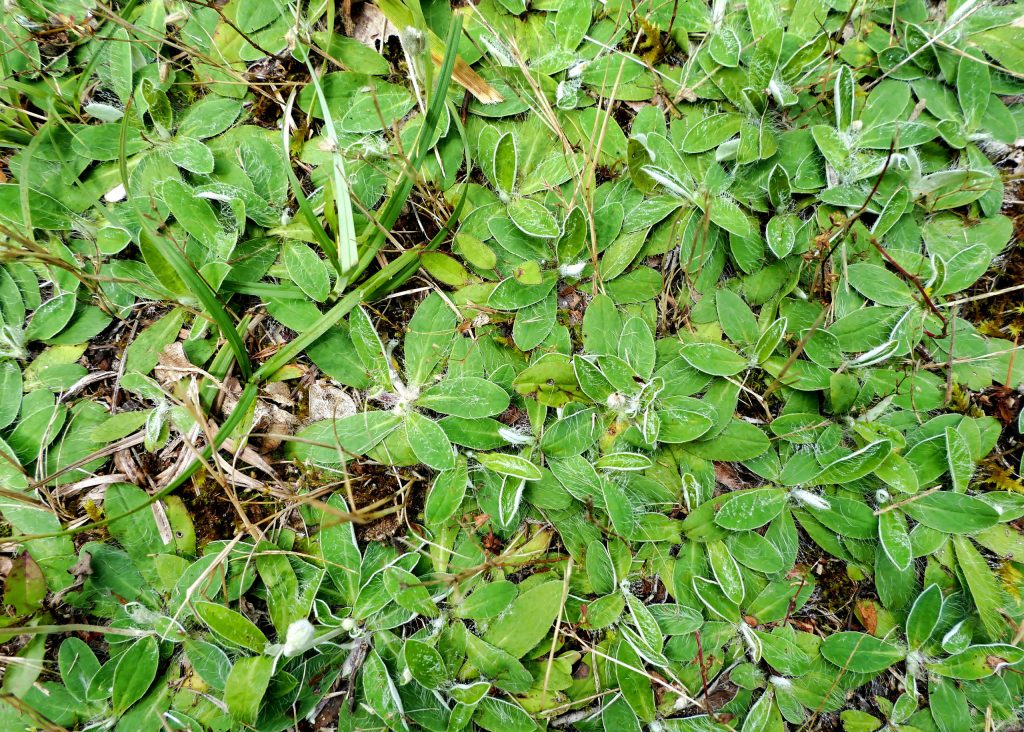 A true broadleaf weed, cudweed is prevalent in winter lawns, when it grows vigorously and out-competes many grasses. Starting with one plant, it forms unsightly clumps that can quickly spread across your lawn if left untreated.
A true broadleaf weed, cudweed is prevalent in winter lawns, when it grows vigorously and out-competes many grasses. Starting with one plant, it forms unsightly clumps that can quickly spread across your lawn if left untreated.
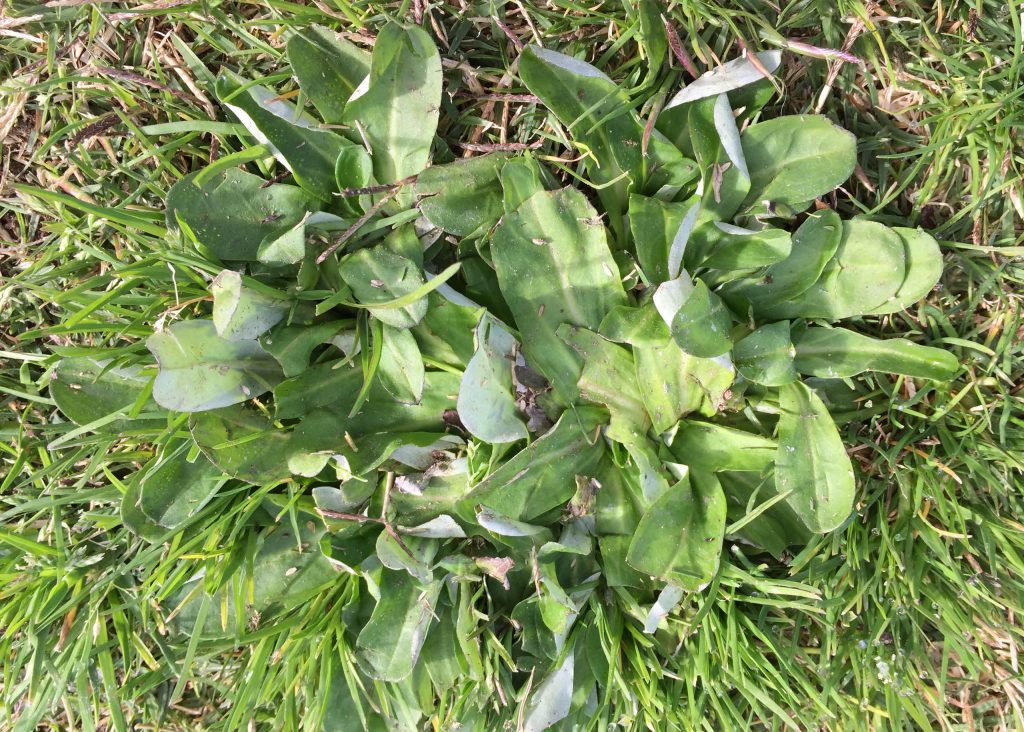 Cudweed is an annual lawn weed that is found across Australia.
Cudweed is an annual lawn weed that is found across Australia.
There are several different species of cudweed, which all display similar growth habits, however there are two main species, that are common in turf and lawn – G. coarctatum and G. americanum.
When established, cudweeds form clumps, which quickly spread across the lawn to create unsightly patches. Seeds are spread by wind and are prolific in number.
Cudweeds thrive in low fertility soils. They are regularly found in common lawn or sports turf, and garden beds, but will sometimes grow on the edge of saltwater areas or swamps and disturbed areas.
Cudweeds can be identified by their distinctive basal rosettes featuring flat, grey-green, serrated-edged leaves. The seed heads are covered in distinct fine, white “wooly” fibers.
While cudweeds spend the winter as low growing plants, they usually grow an upright stem up to 50cm in height with the onset of spring. They tend to flower from October to January, although some varieties may flower later, in autumn. Flower heads are small, with each head containing many tiny flowers. Flowers can range from brown to pink and purple, through to white.
If you are lucky enough to identify cudweeds early, you can dig small plants out by hand when they are young, small, and easy to remove.
Larger, more widespread infestations can be more challenging as the weed spreads over the lawn and garden. Due to their glossy leaves, cudweed can be difficult to kill, and may require two applications of a selective broadweed herbicide – 6-8 weeks apart – to kill the plant.
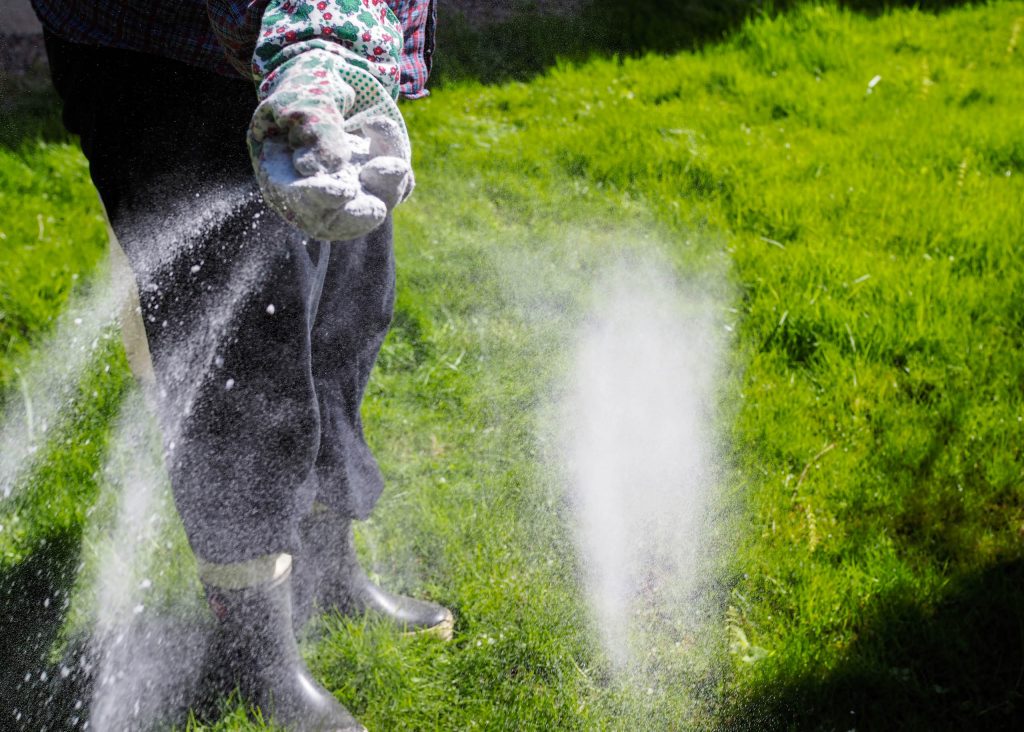 Good cultural practices that encourage thick, dense turf grass growth are the best ways to limit and prevent cudweeds from becoming established in your lawn, as tend to grow in open, thin turf and newly disturbed areas.
Good cultural practices that encourage thick, dense turf grass growth are the best ways to limit and prevent cudweeds from becoming established in your lawn, as tend to grow in open, thin turf and newly disturbed areas.
Maintain a regular schedule of fertiliser application – at least twice a year – to ensure vigorous growth, and make sure that you mow your lawn at the right height for your turf grass.
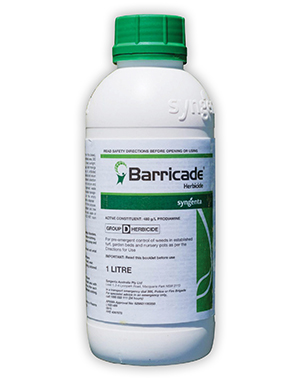
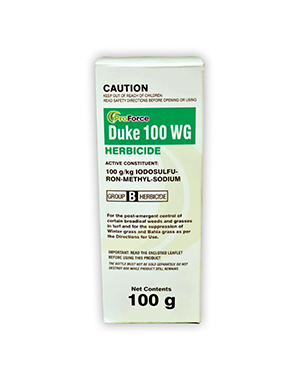
Indigo Duke 100WG 100gm is a Group B post-emergent liquid herbicide that can be used for the control of Cudweed. It should only be used on Kikuyu, Buffalo and common or hybrid Couch grasses, not Queensland Blue Couch. It cannot be used on Zoysia Grass.
SHOP NOW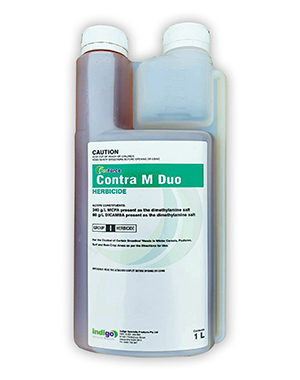
Indigo ProForce Contra M is a reliable, selective liquid herbicide used to control broadleaf weeds, including plantain. It cannot be used on Buffalo lawns, but is suitable for use on Zoysia, Kikuyu and Couch grasses.
SHOP NOW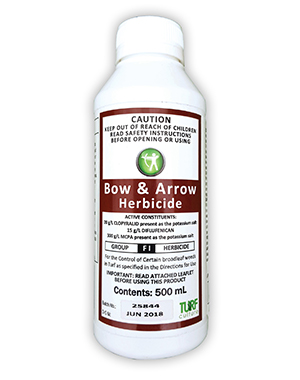
Bow and Arrow is a liquid herbicide that can control cudweed at very low application rates. It is suitable for Zoysia, Kikuyu, Couch and Buffalo grasses however transient discolouration may occur on Kikuyu, Carpet and Queensland Blue Couch lawns.
SHOP NOWCudweed is a winter-growing annual weed that is found across Australia. Managing cudweed will depend on the level of infestation but spraying with a selective herbicide may require multiple applications to get on top of the issue. The best approach to avoiding cudweed is to choose a good quality, thick growing turf grass, and to maintain the health of your lawn through regular maintenance.
For more information on leading herbicide treatments for your home lawn, visit myhomeTURF’s online store.